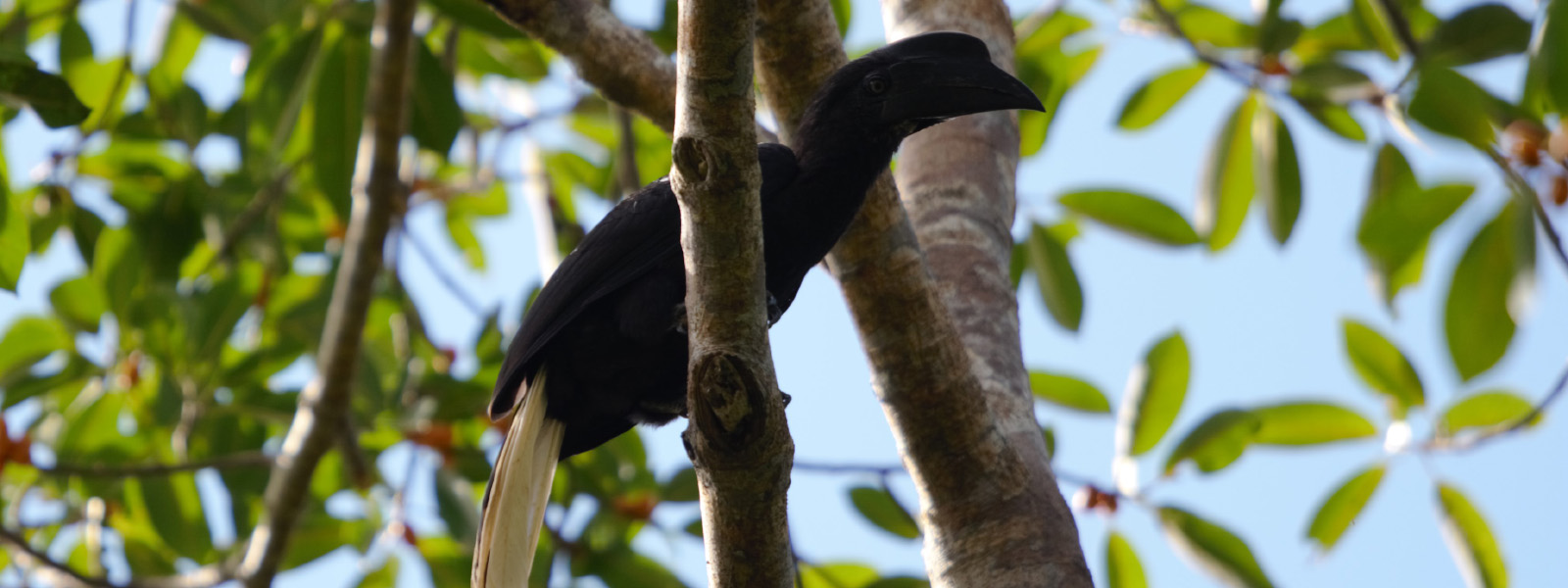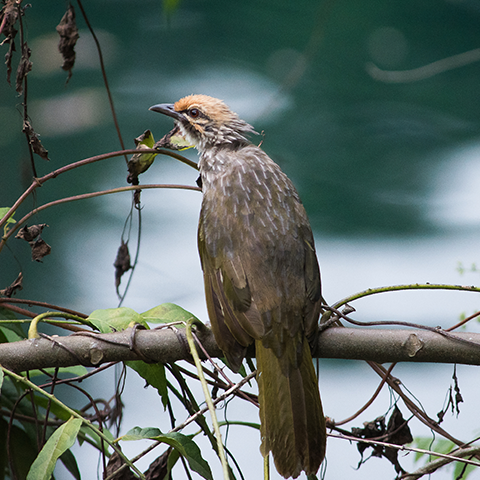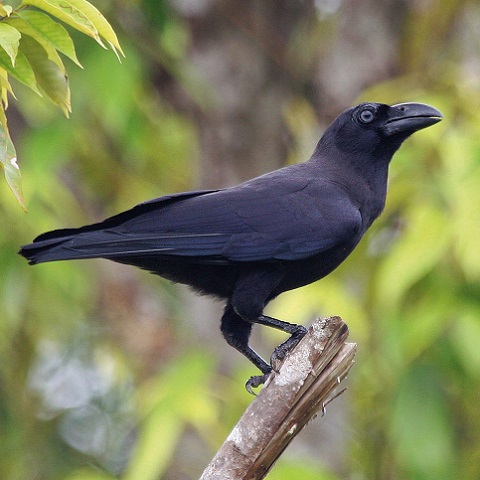Conservation Actions
Conservation Actions UnderwayCITES Appendix II. A Species Conservation Strategy and Action Plan was launched in 2019, targeting action towards species protection for the 2019-2029 period (Datta et al. 2019). Milestones to achieve include establishing security protocols, implementing surveys, engaging locals, investigating the threat of mining and implementing habitat enhancements (Datta et al. 2019). Military activity and insurgency continue to present a serious obstacle to conservation work in the Sulus. There are no formal protected areas in the archipelago. A proposal exists to provide conservation funding for the Tawi-Tawi/Sulu Coastal Area, although neither the outcome nor the likely benefits to the species is known. However, community projects nevertheless persist, with a combined effort from the Municipal Council of Panglima Sugala, the Armed Forces of the Philippines, Philippine Marine Corps, and the Tausug tribe continuing to work on the 3,800 hectare area of Nug-as (L. Paguntalan in litt. 2020). Across logged areas, rehabilitation programmes also continue. Furthermore, throughout Tawi-Tawi, 26 communities are TAWSI (Tawi-Tawi Advocates for Widllife Support Initiative) Rangers, with ongoing funding provided by external sources for further conservation activities (L. Paguntalan in litt. 2020). A draft municipal resolution for the banning of hunting or capture of Tawi-Tawi endemics has been developed and was planned to be passed in July 2010 (I. Sarenas in litt. 2010). The municipality of the region has also employed six Tawsi rangers to survey the local population (Strange 2018). Further plans are considered in order to engage local villagers in planting fig trees and other suitable food sources, as well as planting trees that are appropriate for nesting (Strange 2018). Conservation Actions Proposed
Conduct surveys in all remaining forest patches in the Sulus to identify key sites. Urgently establish formal protected areas in the centre-west of Tawi-Tawi to conserve populations in the main mountain range. Clarify the proposal for conservation funding for the Tawi-Tawi/Sulu Coastal Area. Continue and expand environmental awareness programmes and establish captive-breeding populations for future supplementation/reintroduction. Collar and Butchart (2013) suggested that captive breeding should be considered.
Action Plan
Sulu Hornbill Action Plan 2019-2029
Location Information
This species is endemic to three islands in the Sulu archipelago in the Philippines, and may now be restricted to just one of these. Described as common to abundant in the late 19th century, it has undergone a drastic decline, and persists with certainty only on Tawi-Tawi. Evidence suggests that its population is extremely low, perhaps numbering fewer than 20 pairs in the main mountain range. During a visit in February and June 2009, four individuals were reported in contiguous areas over two days on Tawi-Tawi (I. Sarenas in litt. 2010). In 2014, 10 mature individuals were seen (Paguntalan et al. 2017), the largest sighting in recent years. A local villager reported a nest sighting (including a chick) in 2015, found on a fallen dipterocarp tree (Strange 2018). Surveys in 2018 found five individuals in the Panglima Sugala habitat of Tawi-Tawi, at an elevation of approximately 250 m (Strange 2018). An estimated 250-300 km2 of forest remained on Tawi-Tawi in 2001, although much of this included selectively logged forest (Mallari et al. 2001), and further declines have been noted since. The species is now likely to exist in a forest patch of c. 10 km2 (Strange 2018). Fortunately, the rate of clearance for oil palm plantations is lower than was feared previously. The species is thought to be extinct on Jolo (Sulu), but this requires confirmation. It is almost certainly extinct on Sanga-Sanga. Local reports from 1995 suggested that it may visit the small islands of Tandubatu, Dundangan and Baliungan, though these hold very little primary forest (D. Allen in litt. 2012) and are unlikely to sustain resident populations.Geographic Range
Extant
Philippines
Population Information
The species perhaps numbers fewer than 20 pairs in the main mountain range of Tawi-Tawi. Therefore, the population size is considered to be extremely small, and is placed here in the range 1-49 mature individuals.Threats
Jolo (Sulu) and Sanga-Sanga have apparently been almost completely deforested. By the mid-1990s, rapid clearance of primary forest on Tawi-Tawi had rendered remaining lowland patches highly degraded, although plans to replace these with oil-palm plantations seem to have stalled, while the rate of logging has slowed with the remainder of forest being confined to rugged mountainous areas. Conversion to rubber plantations and mining activities remain a threat to existing forest (D. Allen in litt. 2012, 2016). There have been examples of known sites being cleared for agriculture (I. Sarenas in litt. 2010). High gun ownership in the recent past may have resulted in it being shot for food and target practice. Young may continue to be harvested for food, and the species may be collected for trade. Hunting pressure on Tawi-Tawi may well have increased in recent years (I. Sarenas in litt. 2010).Partners
IUCN Red List Account Link
Please click here to see the species' IUCN Red List Account page.Photo Credits
Lorenzo Vinciguerra (category and featured image)






